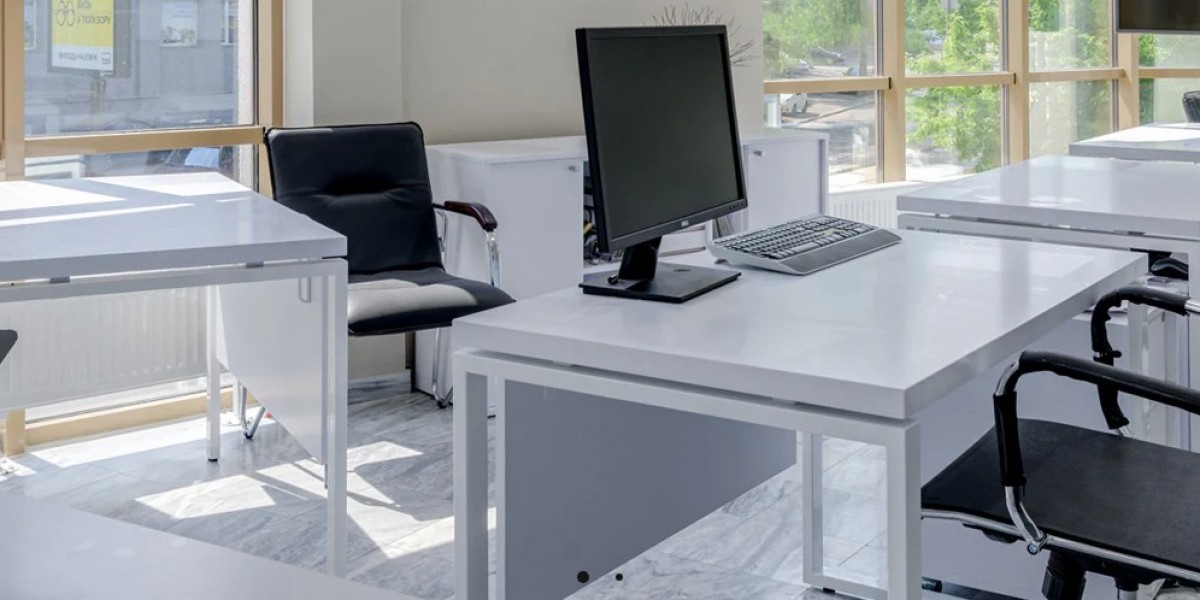Choosing the perfect office chair involves considering several key factors to ensure it meets your comfort, ergonomic, and functional needs. Here's a comprehensive guide to help you make an informed decision:
1. Assess Your Needs
Identify Your Priorities:
- Comfort: Long hours at your desk require a chair with good cushioning and support.
- Ergonomics: Essential for maintaining good posture and preventing strain or injury.
- Adjustability: The ability to customize the chair to your body and preferences.
2. Ergonomic Features to Look For
Lumbar Support:
- Adjustable Lumbar Support: Supports the natural curve of your spine, reducing back pain.
Seat Depth and Width:
- Seat Depth Adjustment: Ensures your thighs are comfortably supported.
- Seat Width: Wide enough to support your hips without pressure.
Backrest:
- Height Adjustable Backrest: Provides support for your entire back.
- Reclining Function: Allows you to change your sitting angle to reduce pressure on your spine.
Armrests:
- Adjustable Armrests: Height, width, and angle should be customizable to support your arms comfortably.
Seat Height:
- Adjustable Seat Height: Your feet should be flat on the floor or on a footrest, and your knees should be at a 90-degree angle.
Material:
- Breathable Fabric: Keeps you cool and comfortable.
- Durable Material: Ensures longevity, such as mesh for breathability or leather for a premium look.
3. Test for Comfort
Seat Cushioning:
- Firm but Comfortable: Supports your weight without being too hard.
- Waterfall Edge: Aids in reducing pressure on the back of your thighs.
Backrest:
- Natural Curve: Should fit the curve of your spine.
Recline and Tilt:
- Smooth Mechanism: Easy to recline and lock in various positions.
- Tilt Tension Control: Adjusts the force needed to recline.
4. Consider the Chairs Base and Mobility
Base Stability:
- Five-Point Base: Provides better stability than a four-point base.
Casters/Wheels:
- Suitable for Flooring: Hard floor or carpet-specific wheels for easy movement.
5. Match the Chair to Your Work Style
Task Chairs:
- For Shorter Periods: Suitable for shorter, occasional use.
Executive Chairs:
- For Extended Use: Typically larger and more cushioned, ideal for long hours.
Gaming Chairs:
- For Gaming and Work: Combines ergonomic features with a stylish design.
Mesh Chairs:
- For Breathability: Ideal if you get warm easily.
6. Budget Considerations
Determine Your Budget:
- Mid-Range to High-End: Invest in quality for long-term benefits.
Value for Money:
- Balance Cost and Features: Sometimes paying a bit more for better ergonomics and durability is worth it.
7. Research and Reviews
Read User Reviews:
- Customer Feedback: Provides insight into comfort, durability, and potential issues.
Expert Reviews:
- Professional Recommendations: Often test and compare multiple models.
8. Try Before You Buy
Visit Showrooms:
- Test Chairs: Sit in various chairs to find what feels best.
Return Policies:
- Check Return Options: Ensure you can return or exchange the chair if it doesnt meet your needs.
9. Warranty and Support
Check Warranty:
- Coverage: Look for a chair with a good warranty period, ideally at least 3-5 years.
Customer Support:
- Reliable Service: Choose a brand known for good customer service.
10. Consider Aesthetics
Match Your Decor:
- Style and Color: Choose a chair that complements your office decor.
Top Recommendations
Herman Miller Aeron Chair:
- Known for its excellent ergonomic features and durable build.
Steelcase Leap Chair:
- Highly adjustable with superior back support.
Secretlab Omega Series:
- Combines ergonomic support with a stylish design, great for gaming and work.
Humanscale Freedom Chair:
- Self-adjusting for easy comfort and support.
Conclusion
Choosing the perfect office chair is a personal decision that hinges on understanding your specific needs and preferences. By focusing on ergonomics, comfort, adjustability, and your work style, you can find a chair that not only enhances your productivity but also supports your health and well-being. Investing time and money into the right chair will pay off in the long run with improved posture, reduced discomfort, and increased work efficiency.






